Changes to old homes and upgrades to small apartments have skyrocketed in the last few years, and "dark bathrooms" (rooms without a window or with little light) have become a common pain for designers. It's common to hear customers say things like, "I installed an LED mirror and now my vanity area feels much brighter than ever," and "photographs actually look better now!" How could Led mirrors make such a difference? The answer comes down to optics, product engineering, and shifts in consumer expectations.
1) From "extra light" to "soft panel": the optical edge of LED mirrors
Traditional bathroom lighting typically consists of a ceiling fixture or a bar above the mirror. Light comes from overhead and casts shadows on the face—hello raccoon eyes. An LED mirror alters the geometry by positioning the light source directly in front of the user's face. Strips around the perimeter or behind the glass turn the source into a large-area panel. Panel lighting produces a more uniform illuminance with fewer harsh shadows, allowing skin and facial features to appear evenly lit. The subjective result: the space "reads" as brighter and cleaner.
High-quality LED mirrors also emphasize high color rendering (often labeled CRI ≥ 90), which accurately reproduces skin tones and makeup shades. At the same illuminance, high-CRI light simply looks "clearer," avoiding the dingy yellow or gray cast that makes small bathrooms feel gloomy.
2) The mirror itself is a brightness multiplier
A mirror is a reflector. Once you surround it with even, diffused light, the mirror bounces that light back into the room, creating secondary diffusion:
· It lights the person at the vanity.
· It pushes light toward walls and the ceiling, filling corners that a point source would miss.
In tight rooms, this effect is amplified. Designers often pair LED mirrors with light-colored tiles, semi-gloss finishes, and slightly reflective ceilings. The layered reflections stack up like an "illumination multiplier," lifting perceived brightness without cranking total wattage.
3) Tunable white and zoning: good-looking and practical
Older over-mirror bars typically offered one cold-white look year-round. Modern LED mirrors usually support tunable color temperature (e.g., 2700K–6500K) plus dimming and memory:
· For morning and evening routines, a cooler, higher output helps you feel alert.
· For late-night visits or baths, a warm, low-output setting is easier on the eyes.
· For makeup, a neutral "daylight-like" setting mimics outdoor conditions.
Mid- to high-end models feature zoned control—for example, a task ring light and a separate ambient backlight—allowing you to switch between functional lighting and mood lighting with a single product.
4) Energy and lifespan: the cost-effective upgrade for dark baths
Dark bathrooms need a higher average illuminance. The default reaction is to "add fixtures and watts," which results in higher energy use and increased heat. An LED mirror achieves more with less by putting light where it matters:
· Targeted utility: The face and task area receive direct, uniform light, so each watt delivers more usable brightness.
· Efficiency and longevity: High-quality LED packages with constant-current drivers and aluminum-core boards operate more efficiently and last longer, thereby reducing lifetime costs.
For retrofit projects, LED mirrors are a "low-disruption, high-impact" upgrade—no heavy rewiring, fast results, and a strong value story.

5) Manufacturing advances: beyond "more diodes," toward system design
Brightness and durability aren't about packing in more LEDs. The best results come from the whole system. Recent improvements include:
1. Optical stack: Edge-lit light guides, backlit diffusion plates, and micro-textured films smooth out output and eliminate "hot spots" or visible diode dots.
2. Anti-fog and safety: Heated demister zones reduce condensation; appliances target bathroom-ready ingress protection and electrical safety (often IP44 or higher, isolated drivers, waterproof connectors).
3. Installer-friendly hardware: adjustable brackets, pre-aligned mounting points, and sealed frames reduce on-site time and lower call-backs.
4. Smart control: Human presence sensors, off-delay, Bluetooth/voice control, and scene presets that tie in with the main light or fan—"Clean," "Shower," and "Nightlight" modes at a single tap.
6) Market shift: from "pretty add-on" to essential function
LED mirrors were once considered "Instagram-friendly extras." In dark-bath scenarios, they're now core equipment:
· Small rooms, glare-prone ceilings: A frontal panel reduces harshness versus a bright downlight.
· No window or weak daylight: Direct facial illumination significantly increases perceived brightness.
· Precision grooming: High CRI and uniformity aid makeup, shaving, and skincare.
· Rentals and light renovations: Quick to swap, budget-friendly, and portable for future moves.
On the channel side, brands are bundling mirrors and storage—mirror cabinets with integrated lighting—to address both organization and illumination needs. Multiple sizes and shapes (round, pill, rectangle) help match basin widths and wall spans, avoiding awkward proportions.
7) Buying checklist: three simple but crucial checks
1. Color rendering and uniformity
2. Look for high CRI (≥90). When lit, watch for bright rings or dark centers. Rotate your face and check for shadow lines or glare points. Even light equals better results.
3. Protection and electrical safety
4. Bathrooms are humid. Favor IP44 or above. Ask about isolated drivers and moisture-resistant connectors. If tying into smart controls, confirm line/neutral availability at the switch box.
5. Right size, right proportion
6. The mirror width should relate to the basin and wall. A mirror slightly narrower than the basin looks intentional; round mirrors sized to the basin width feel balanced. Thin bezels or floating backlight read lighter and more modern.
8) Common pitfalls to avoid
· Chasing "maximum brightness" but ignoring color temperature: Cold white can feel clinical and unflattering over time. Choose tunable white so you can adapt to the time of day and task.
· Mounting too high: If the bottom edge is far above the countertop, you'll cast a shadow under the chin and neck. About 4–8 in gap is a comfortable starting point.
· Skipping basic maintenance: Wipe the diffusion plate and glass regularly to prevent clogs. Personal-care residues dull output. If you see a flicker, check the wiring and the driver before replacing the whole unit.
Bottom line
With respect to dark-bath renovations, through an ingenious triad of frontal panel lighting wave, high CRI (color rendering index), and mirror-driven secondary reflection, one can achieve the apparent brightness of the space without the brute-force wattage of traditional lighting! The lighting created by or directed to the frontal panels lights the face and area of task (typically the sink or counter surface) and then is reflected back into the room from the mirror to smooth the brightness contrast - but not to be taken for granted, further you can add high CRI quality, white-adjustable color temperatures, and creating a space to investigate to develop a coloring process that coincides with your CDL style helps create a higher quality healthful bathing experience while conserving constructive energy. With the same investment—as with budget concerns or instant impact project parameters—the LED mirror now becomes a near "must-have" rather than a "nice-to-have" option!
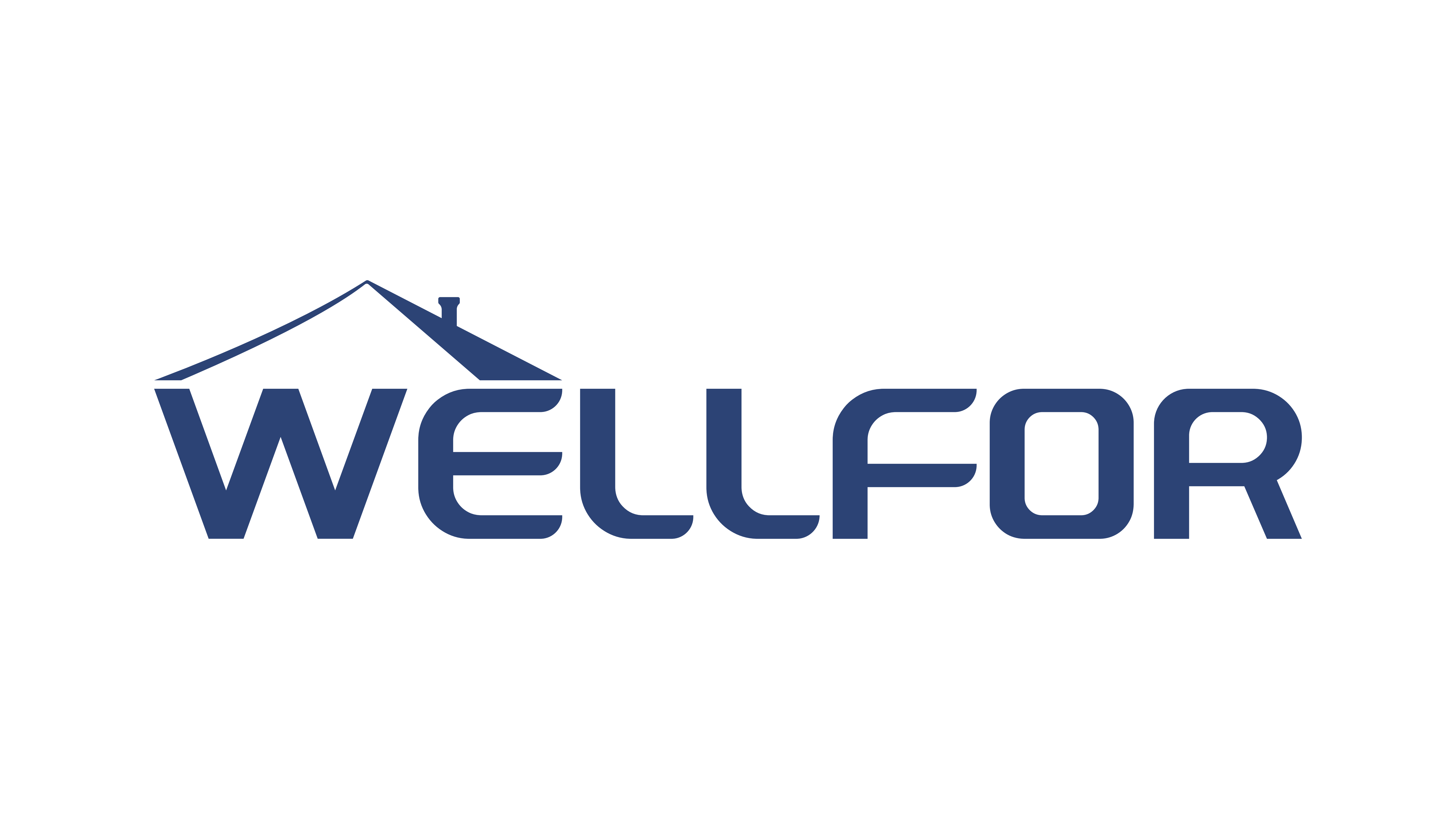
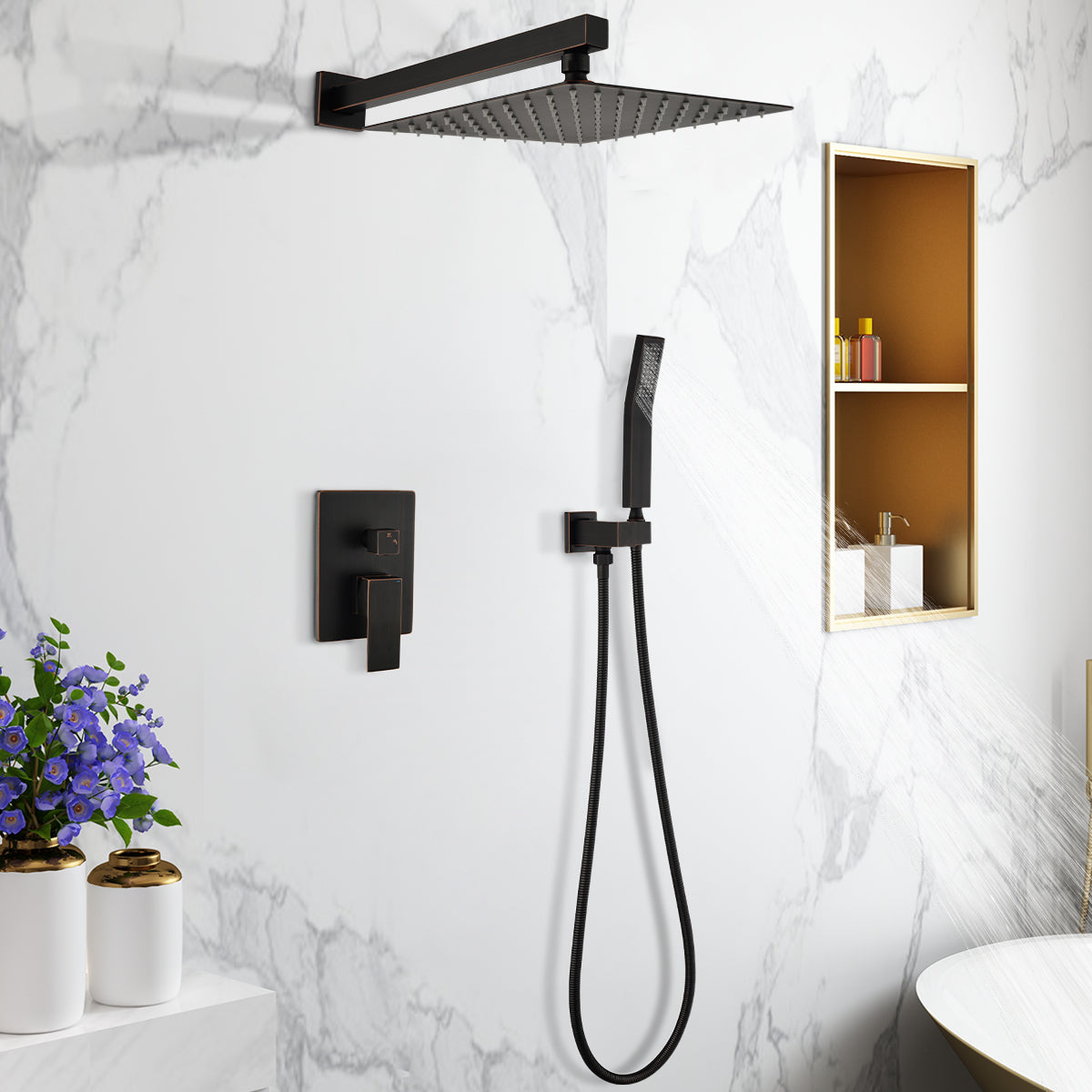






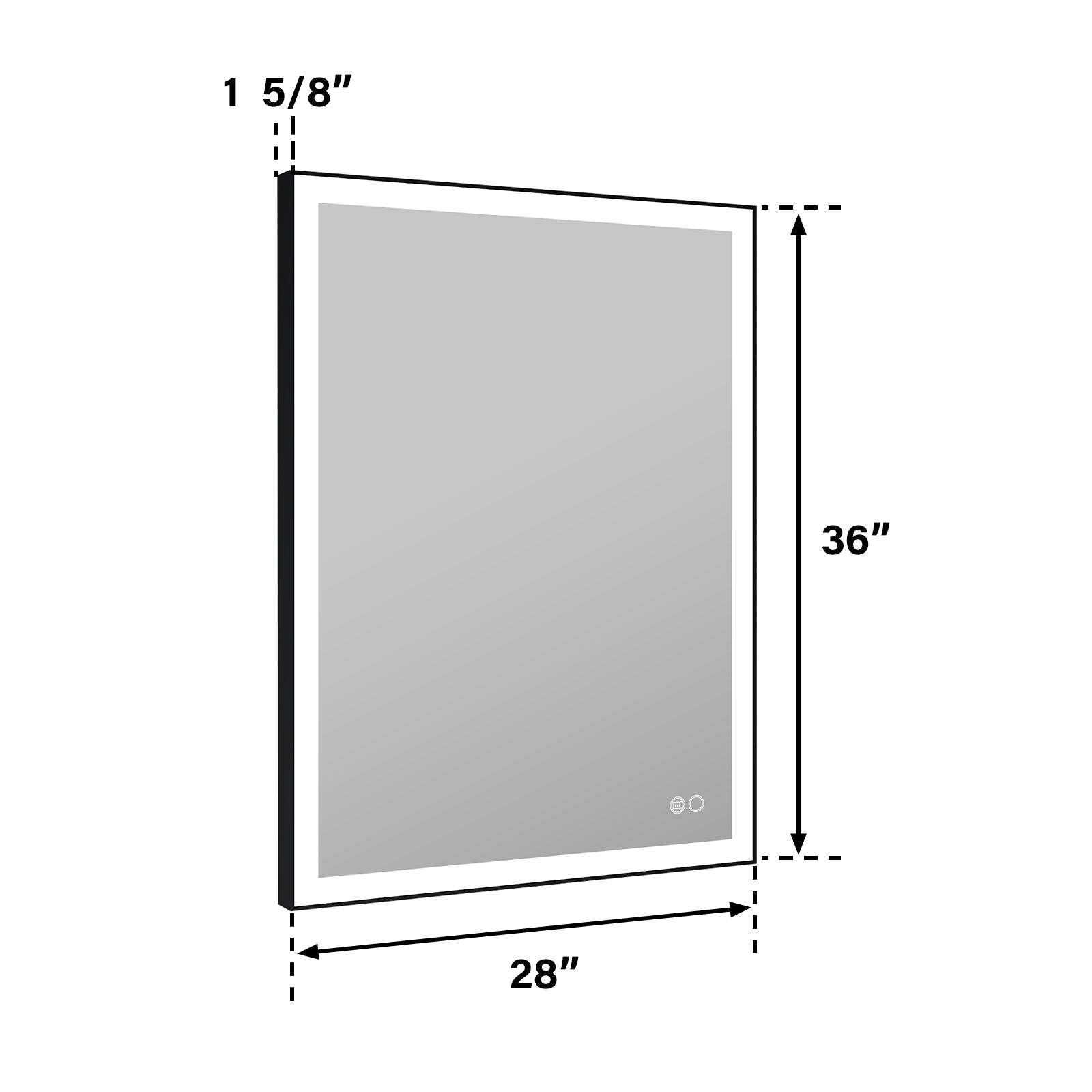


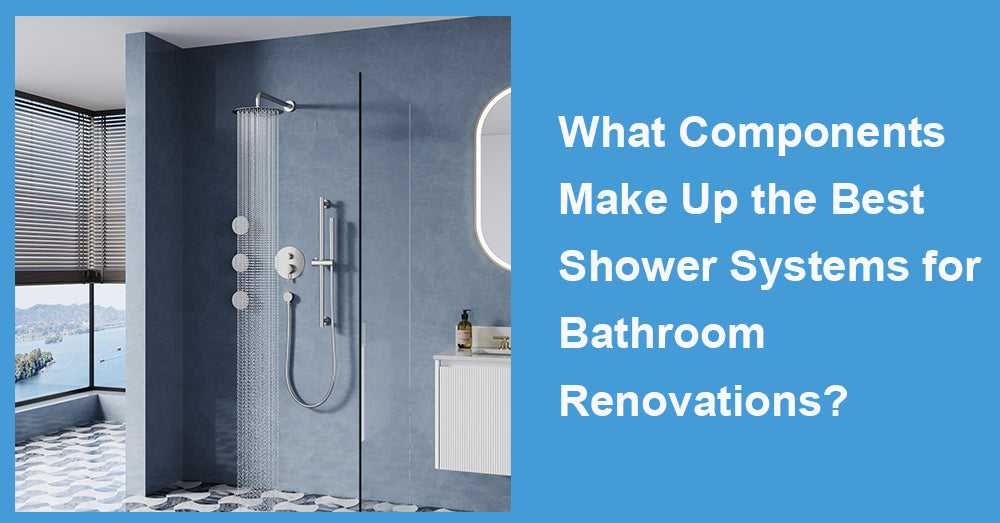
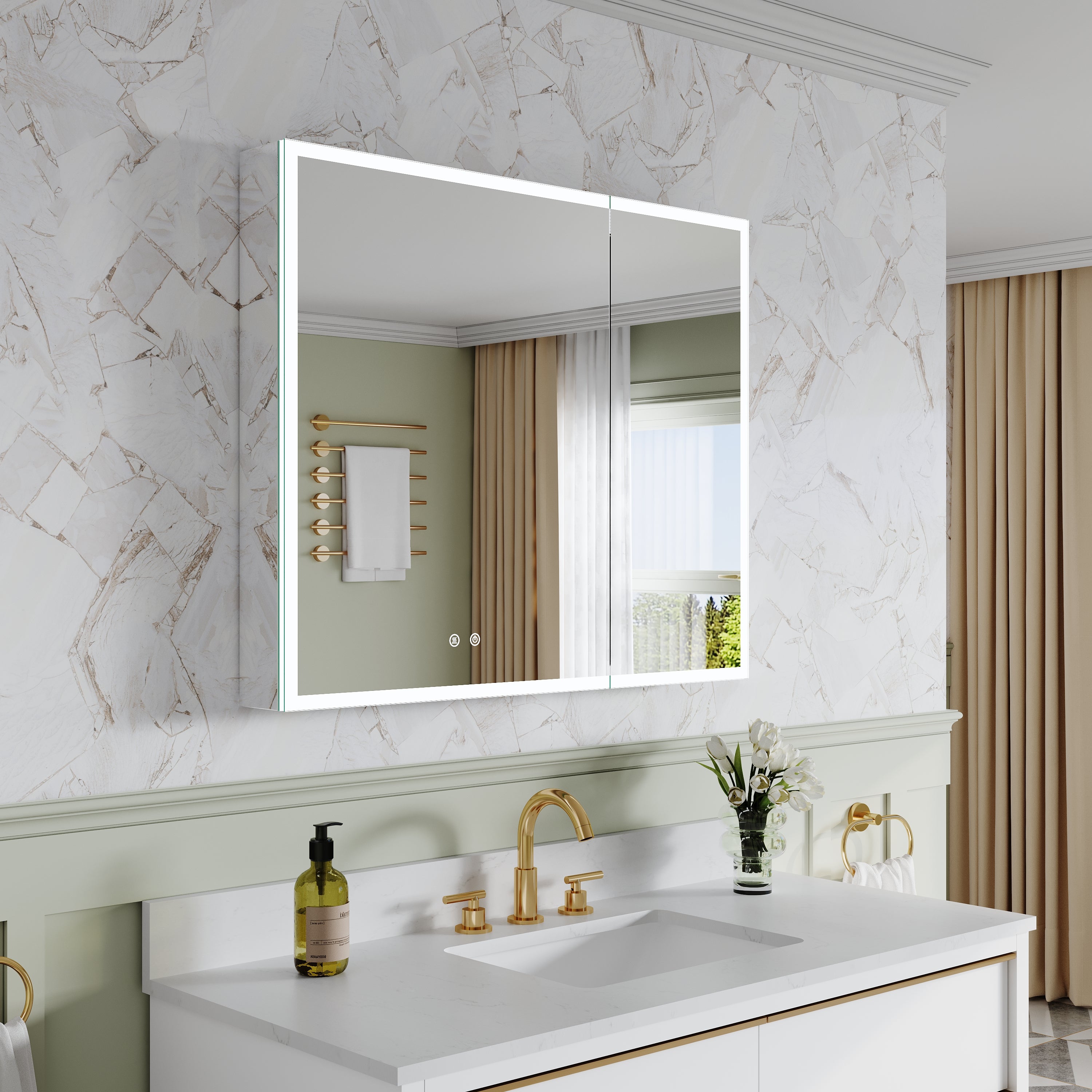
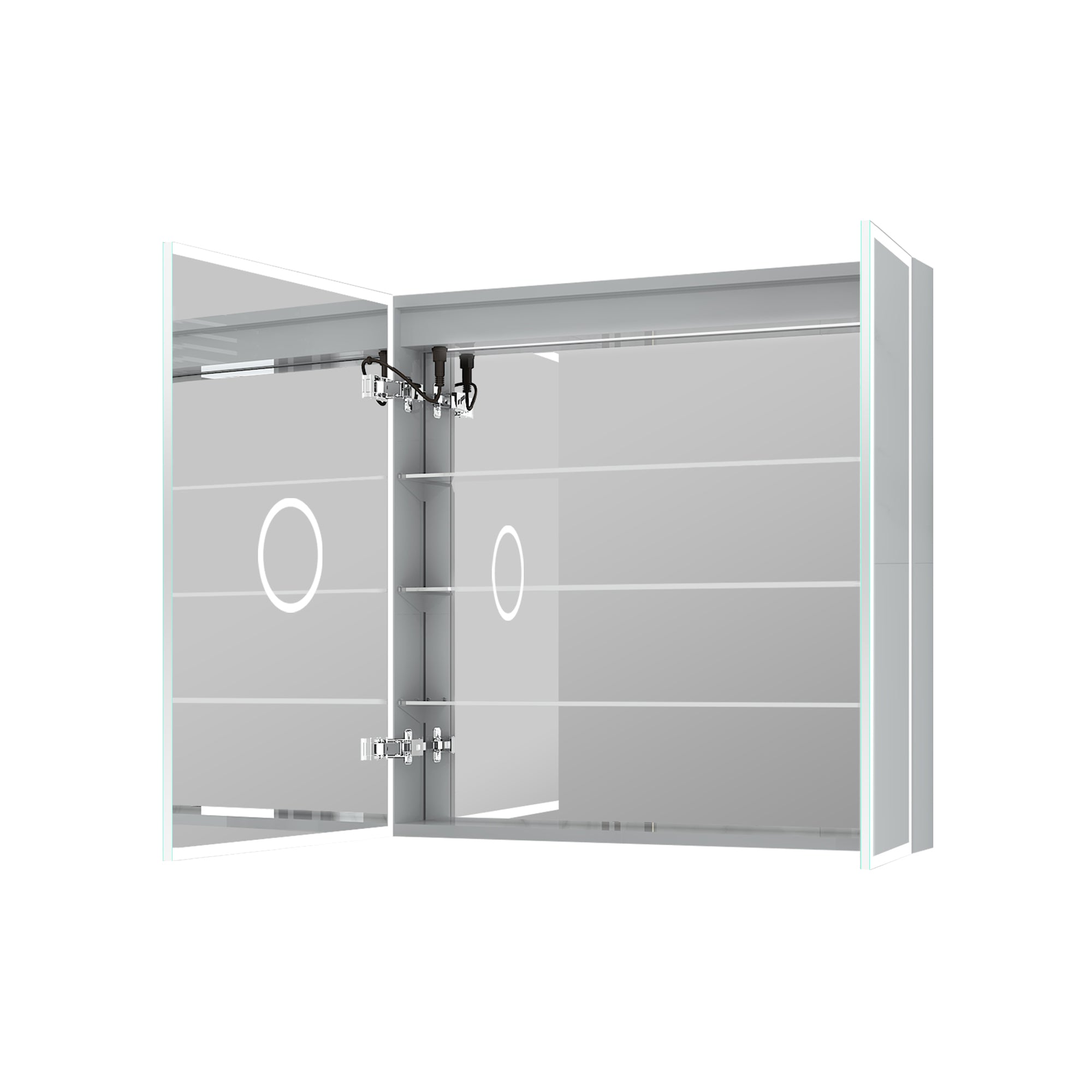
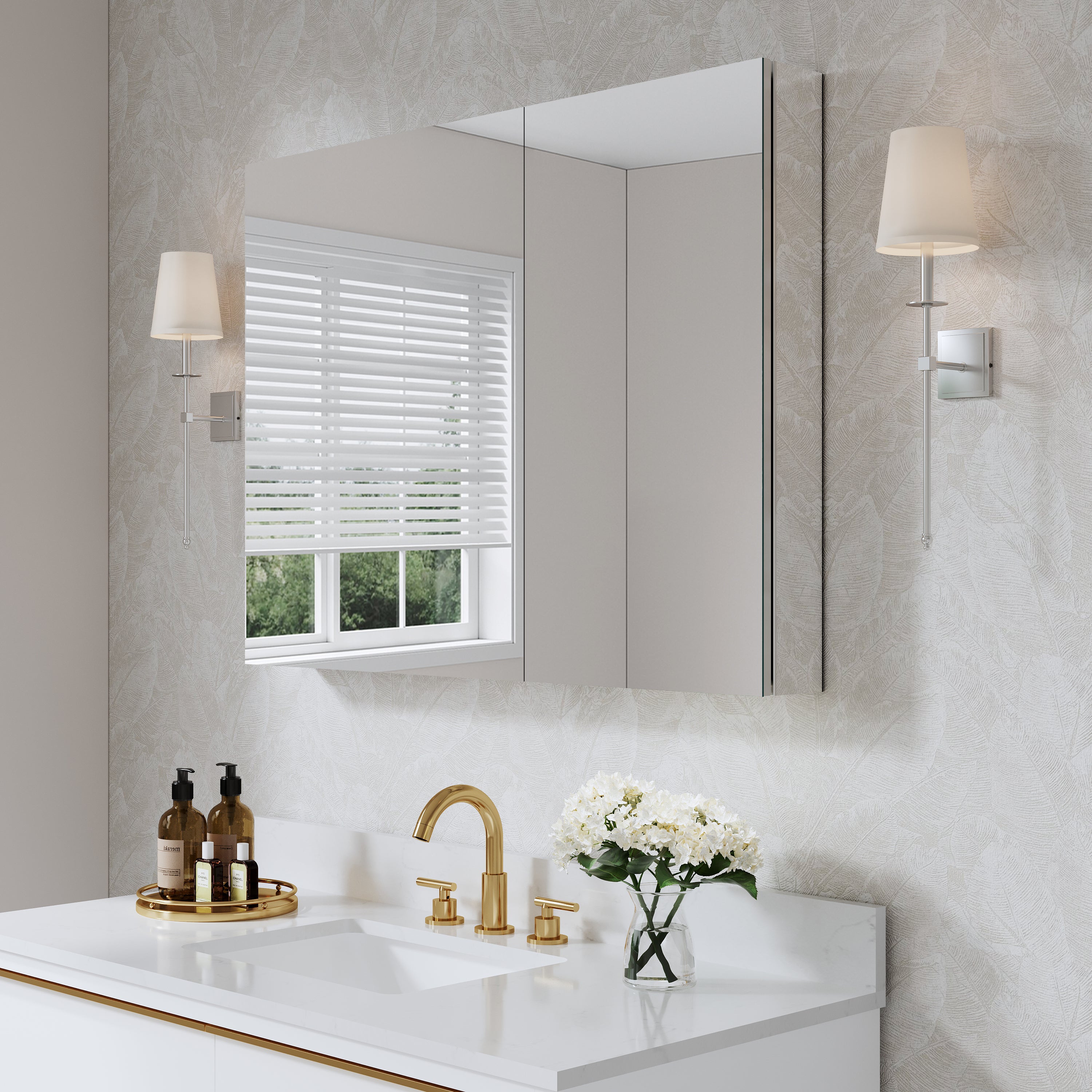

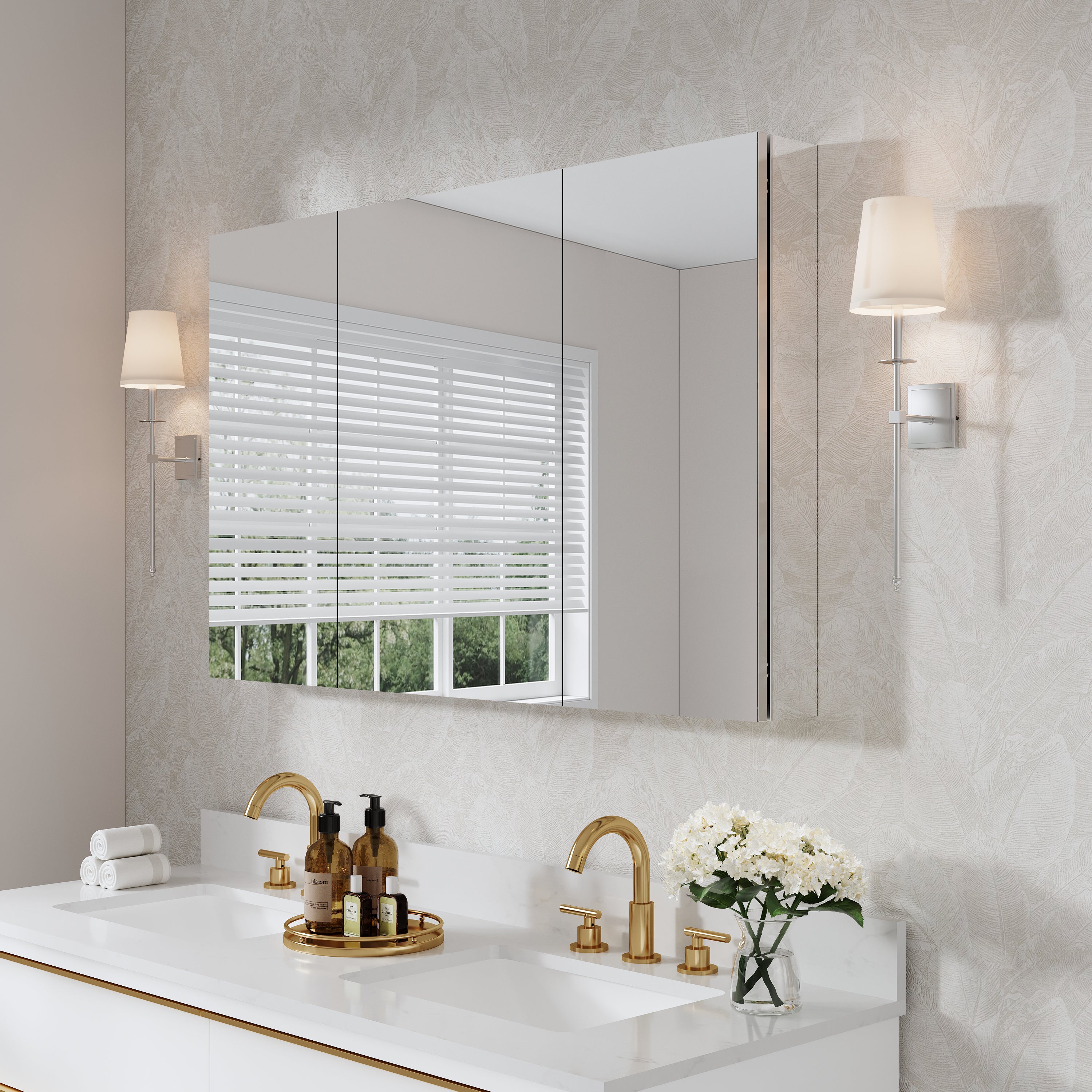
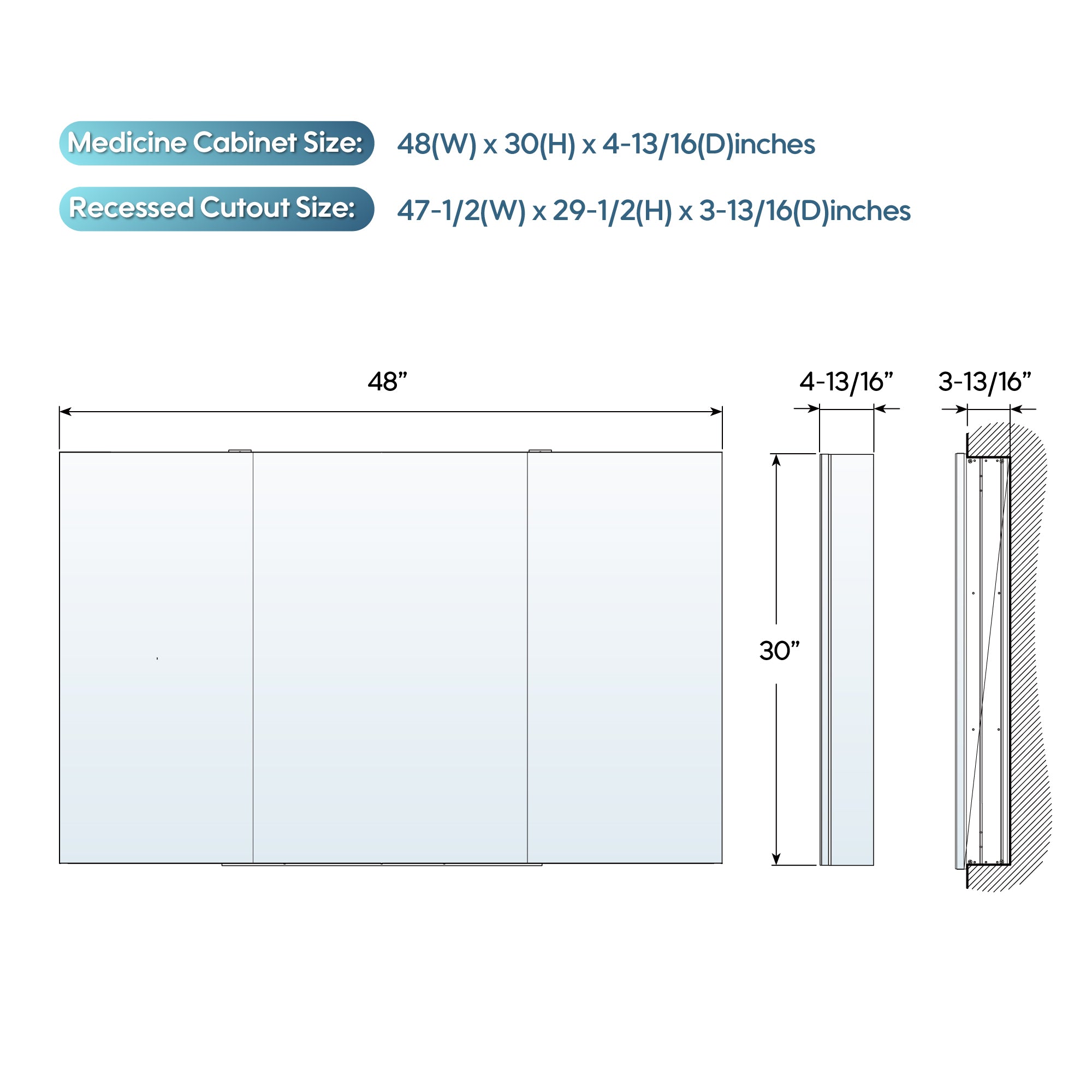

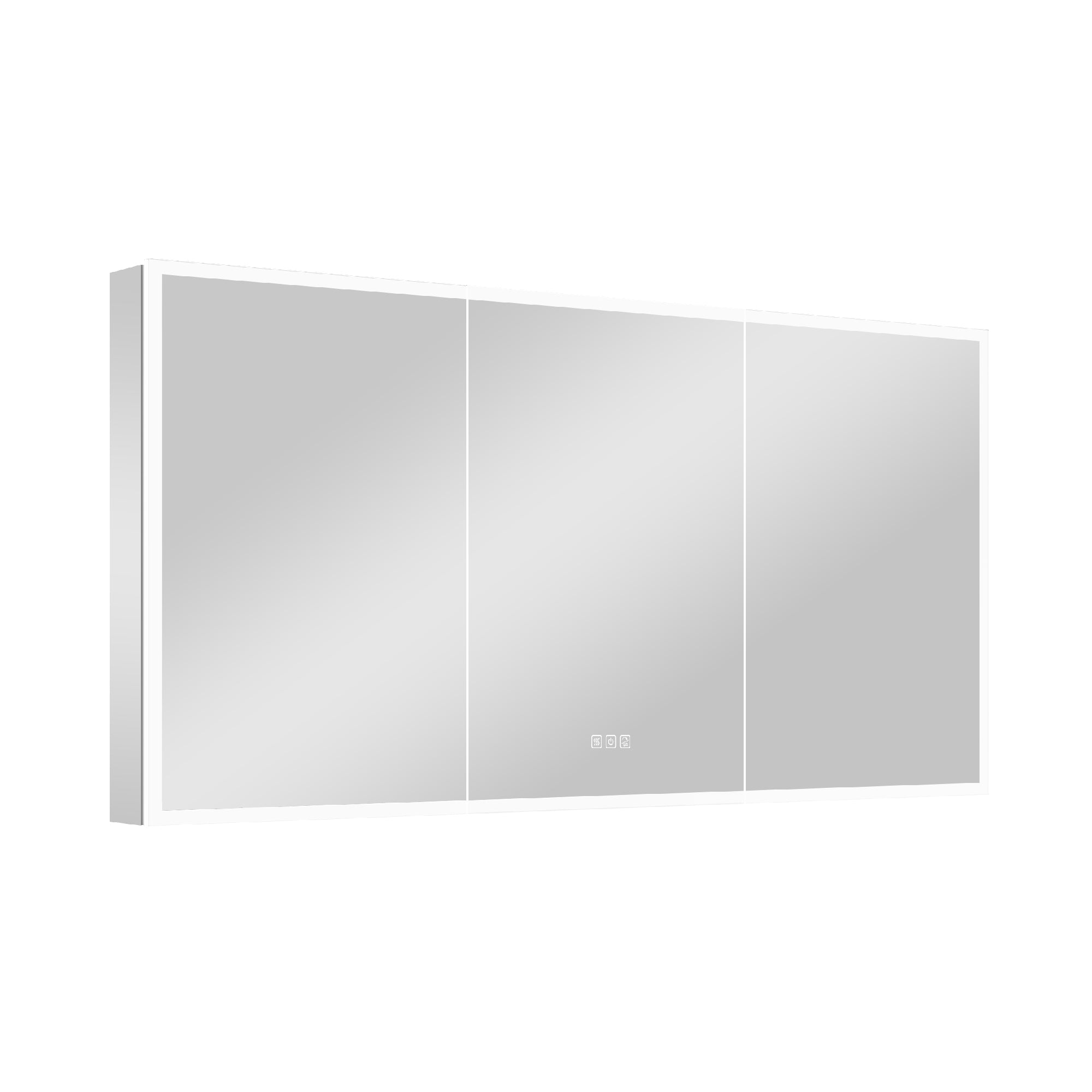
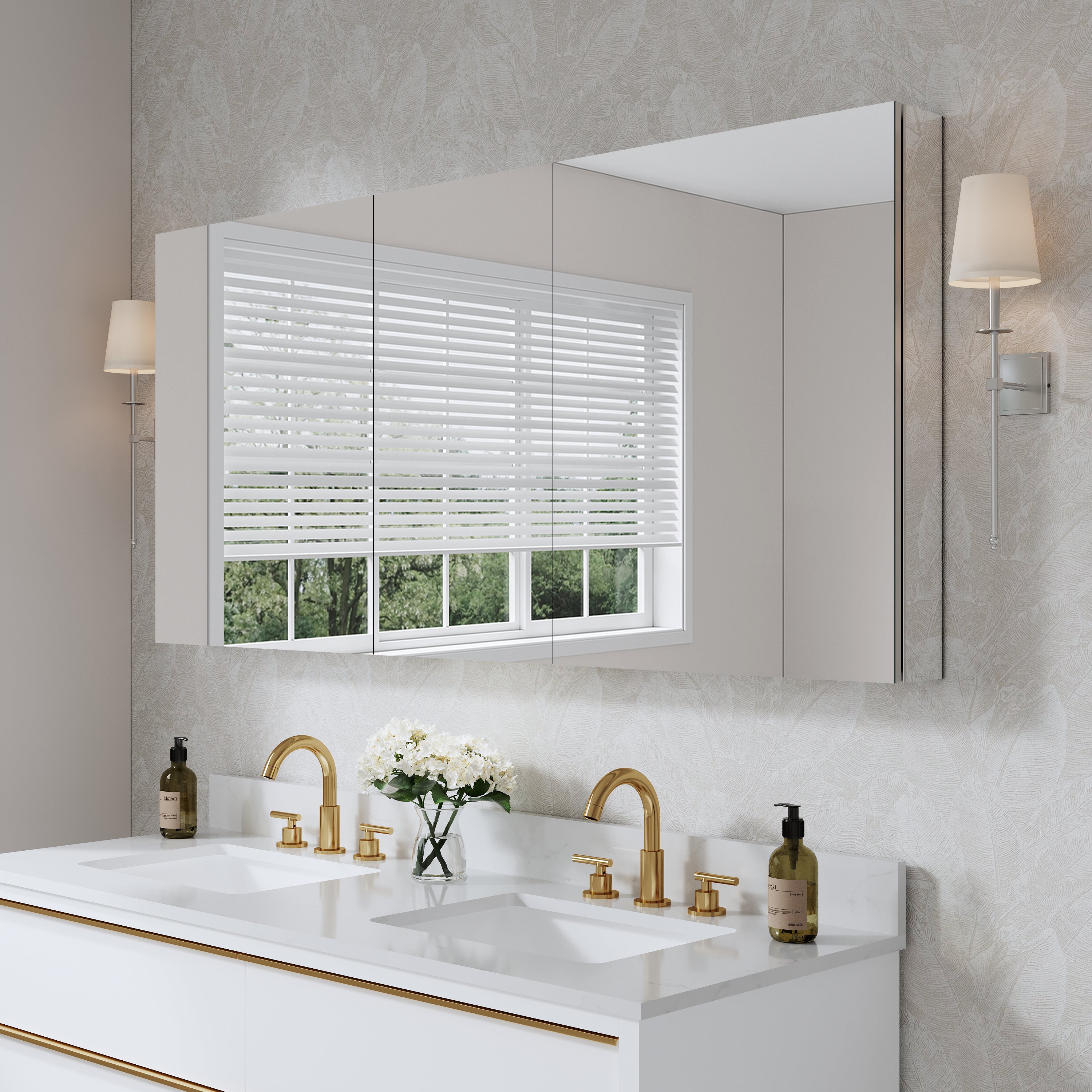




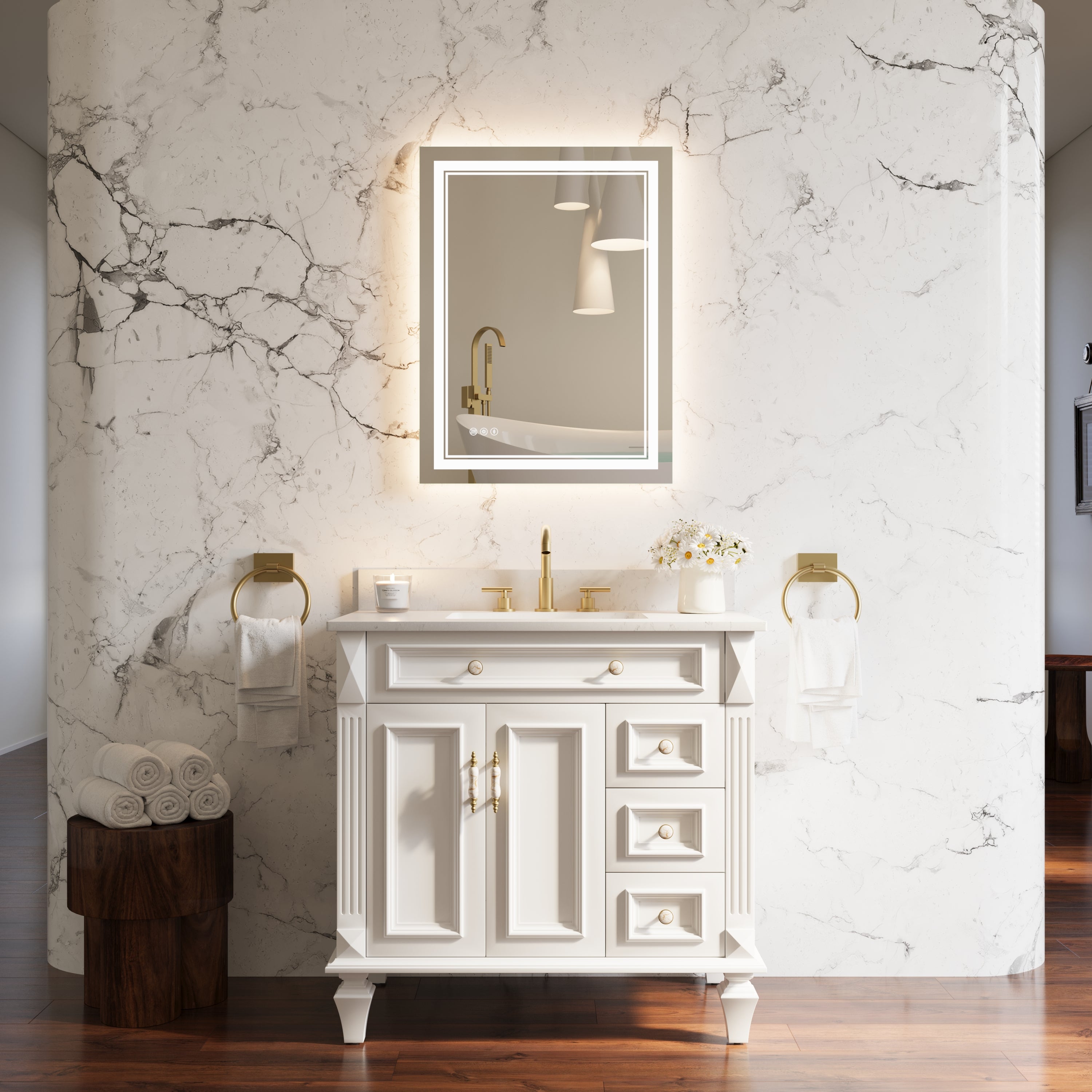
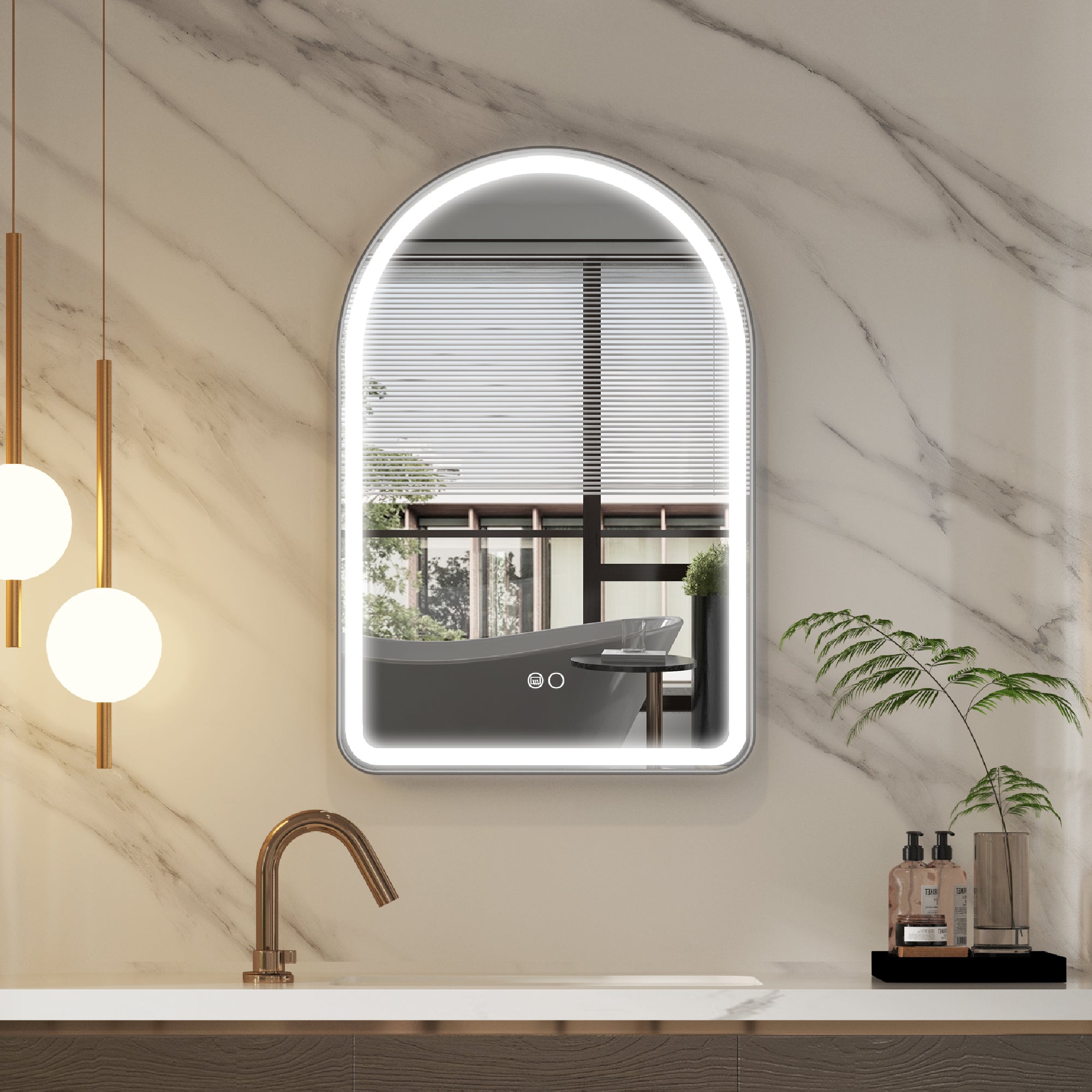
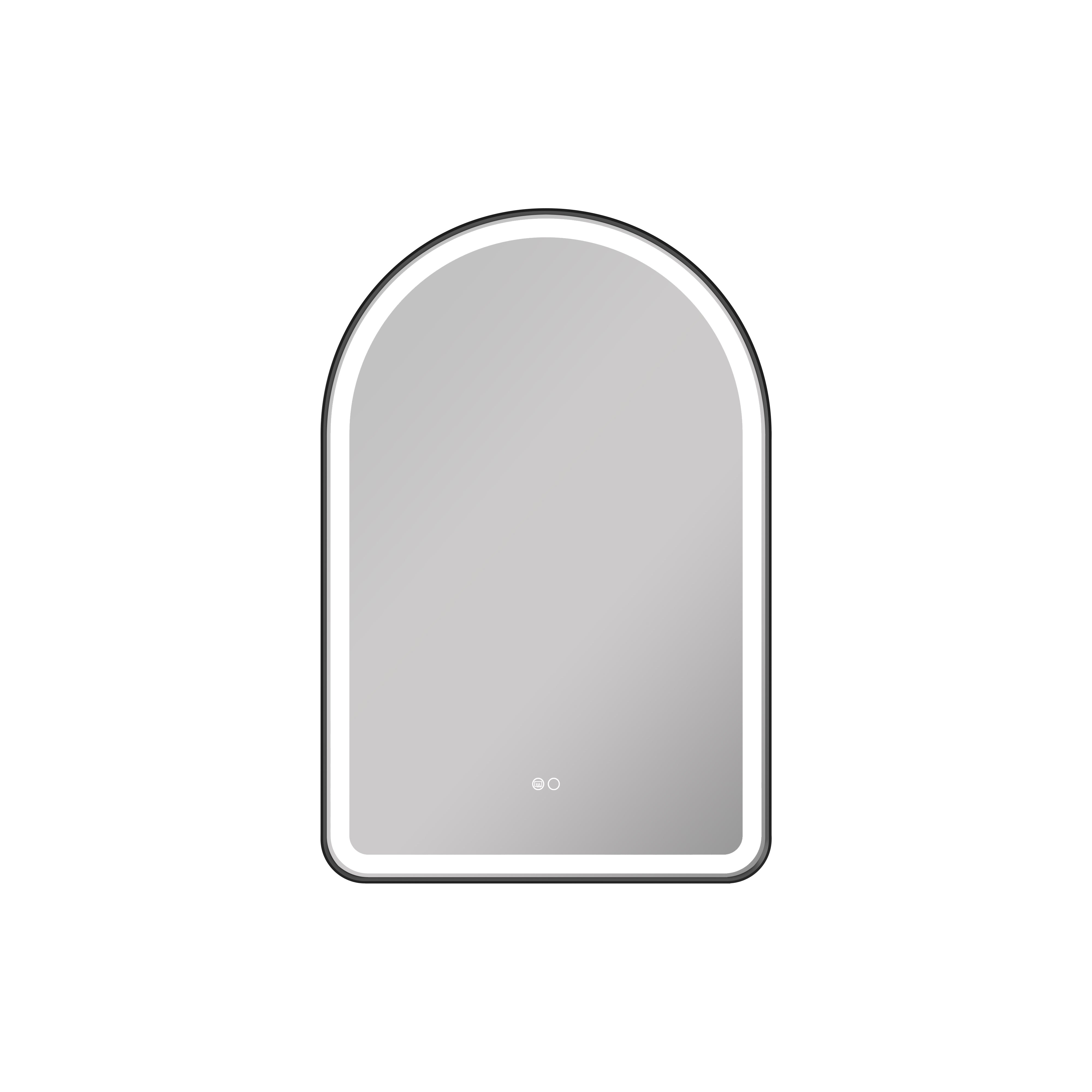

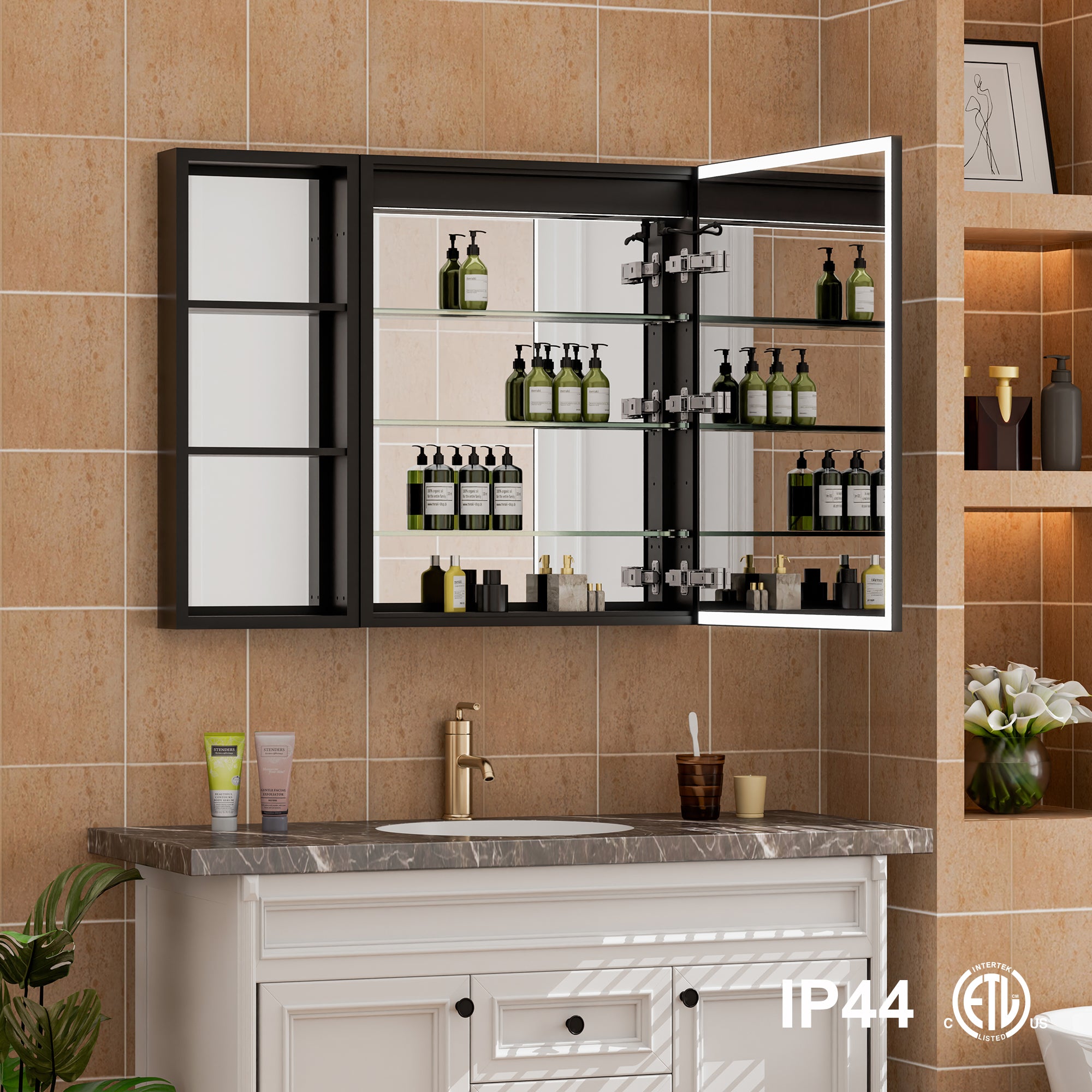
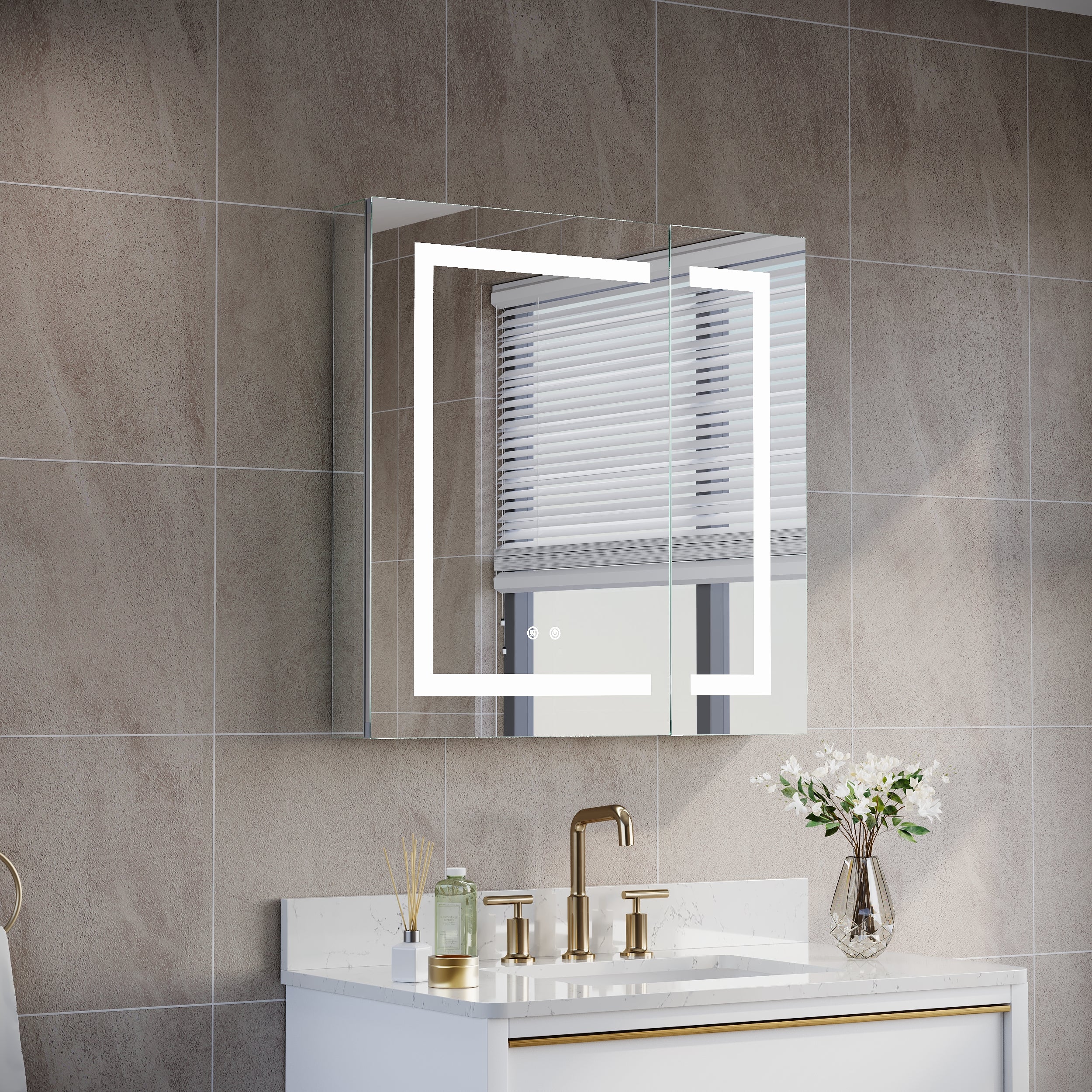
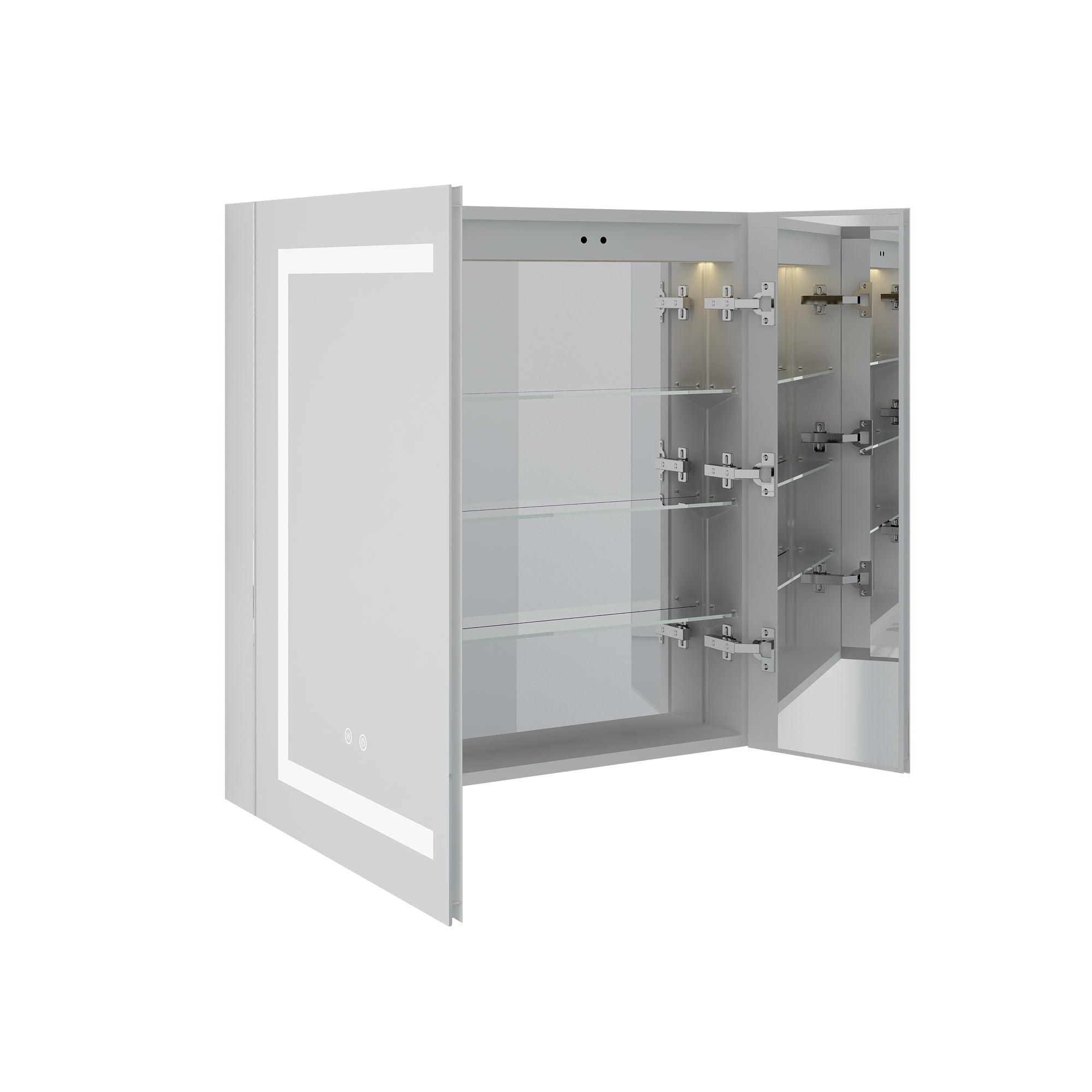
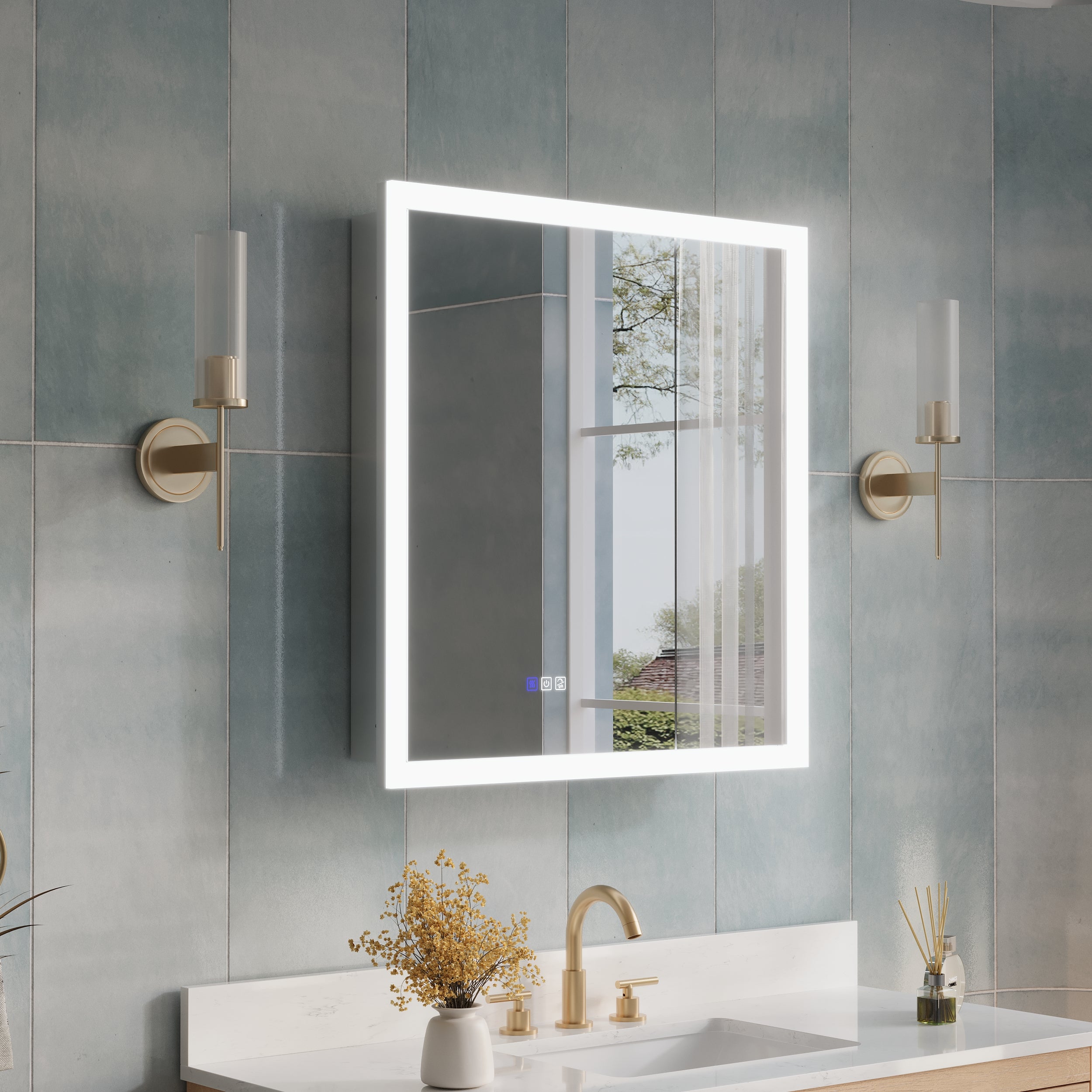
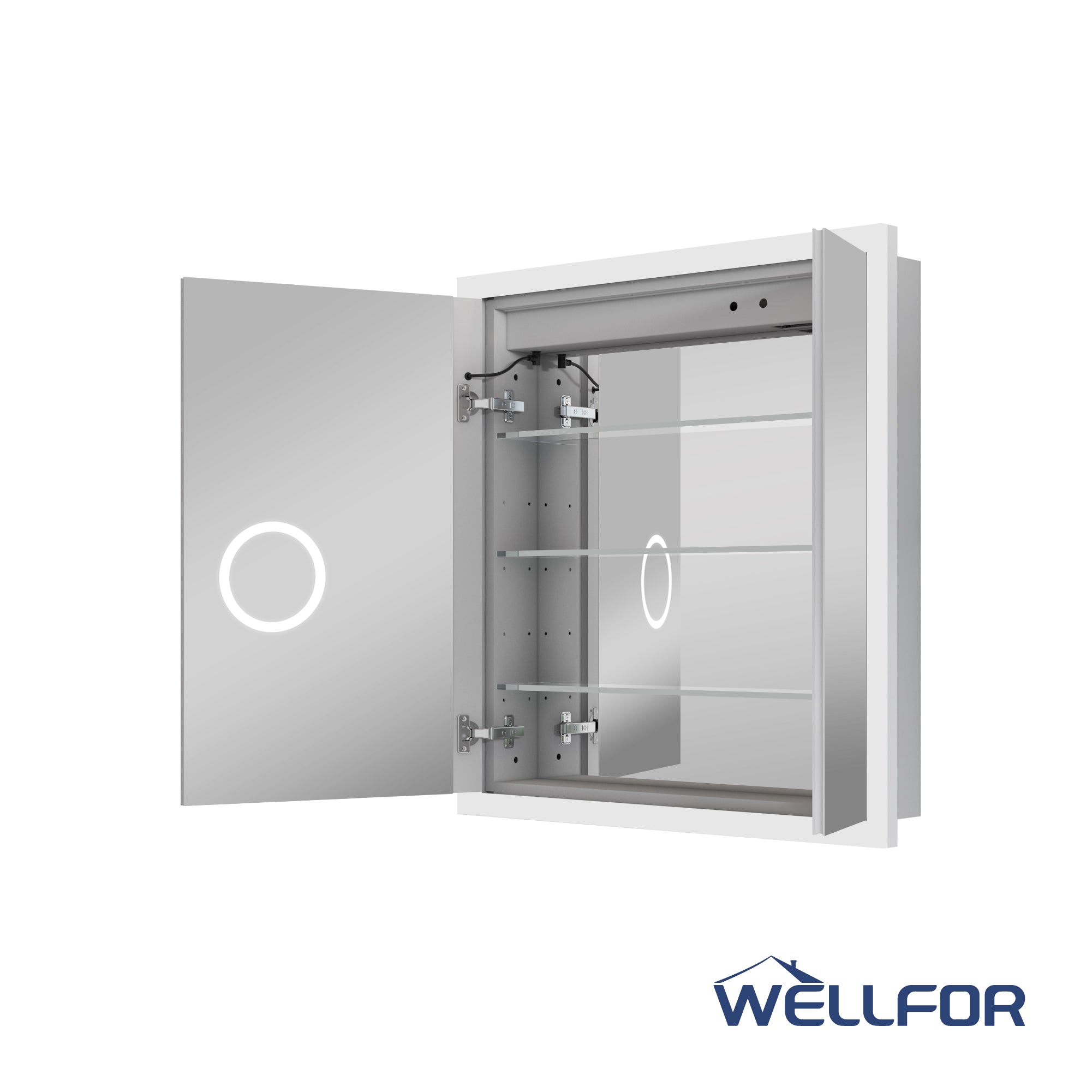
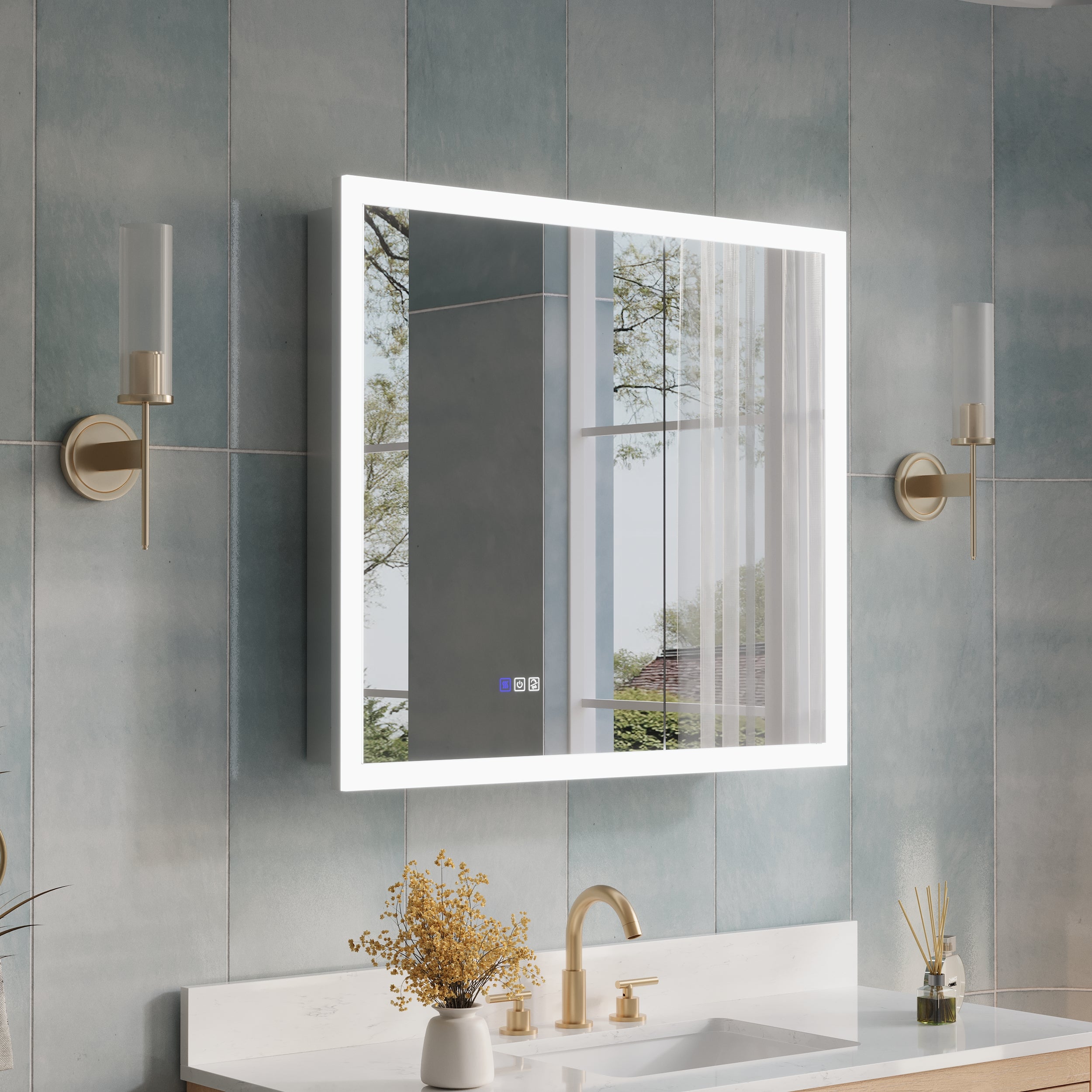

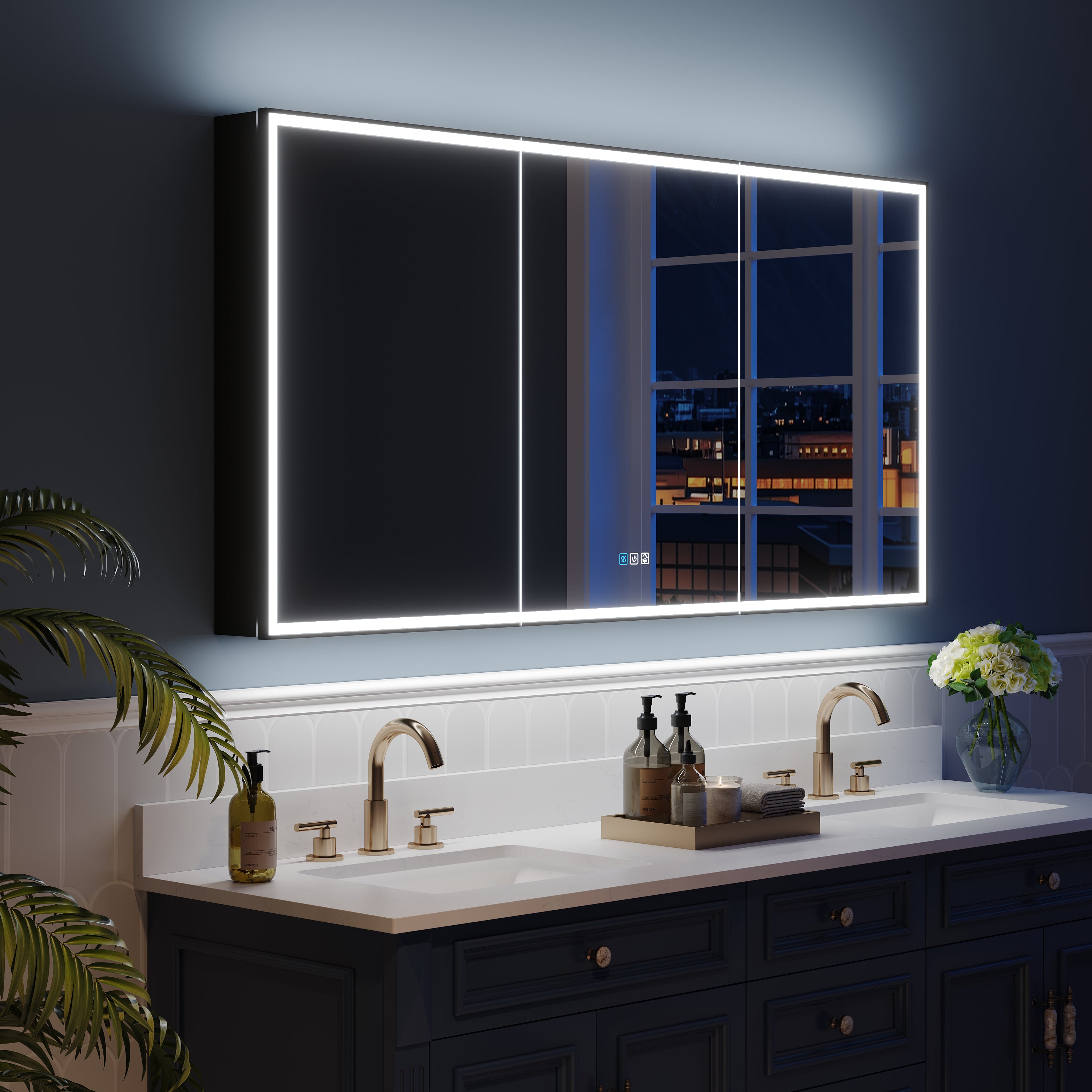
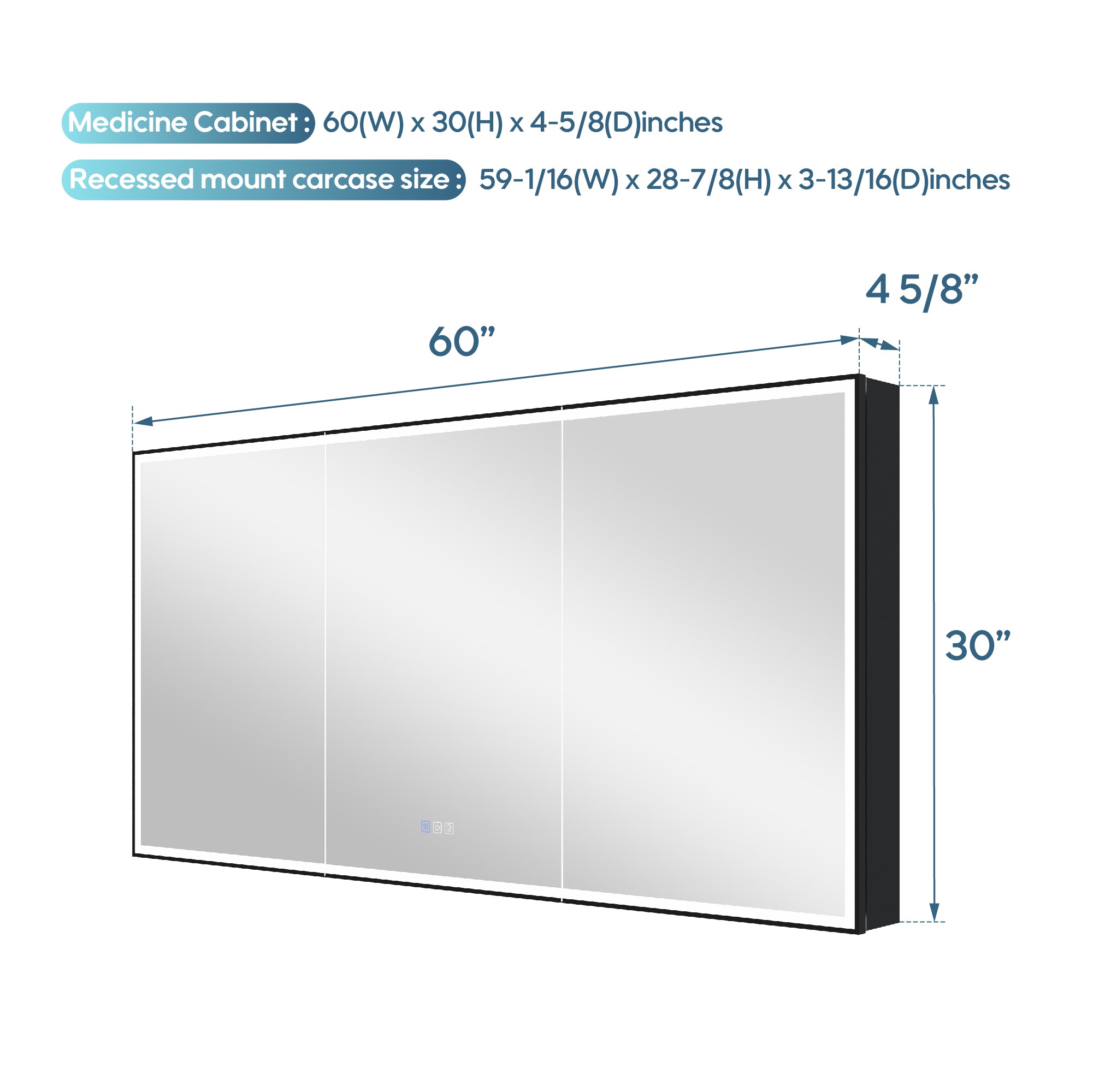
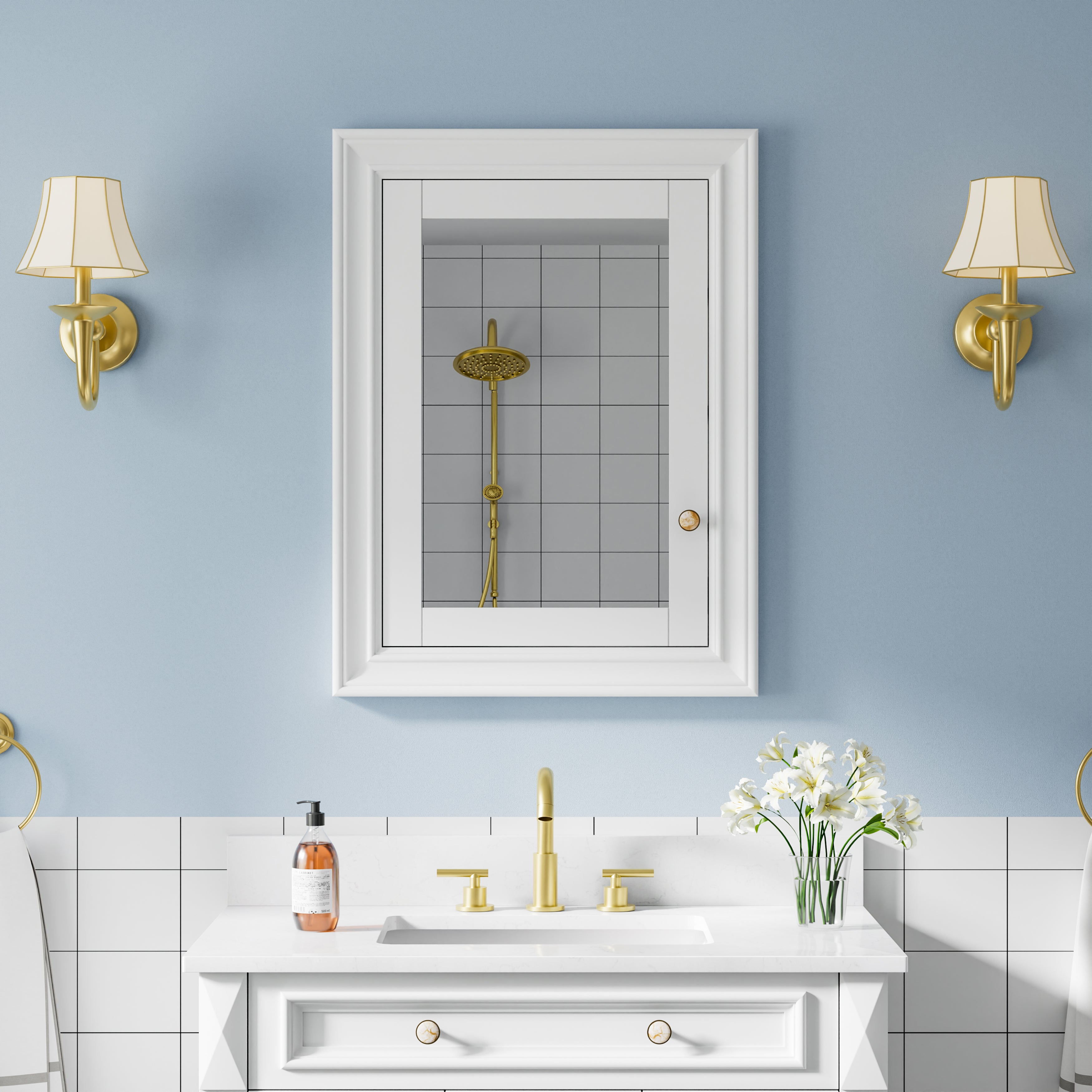


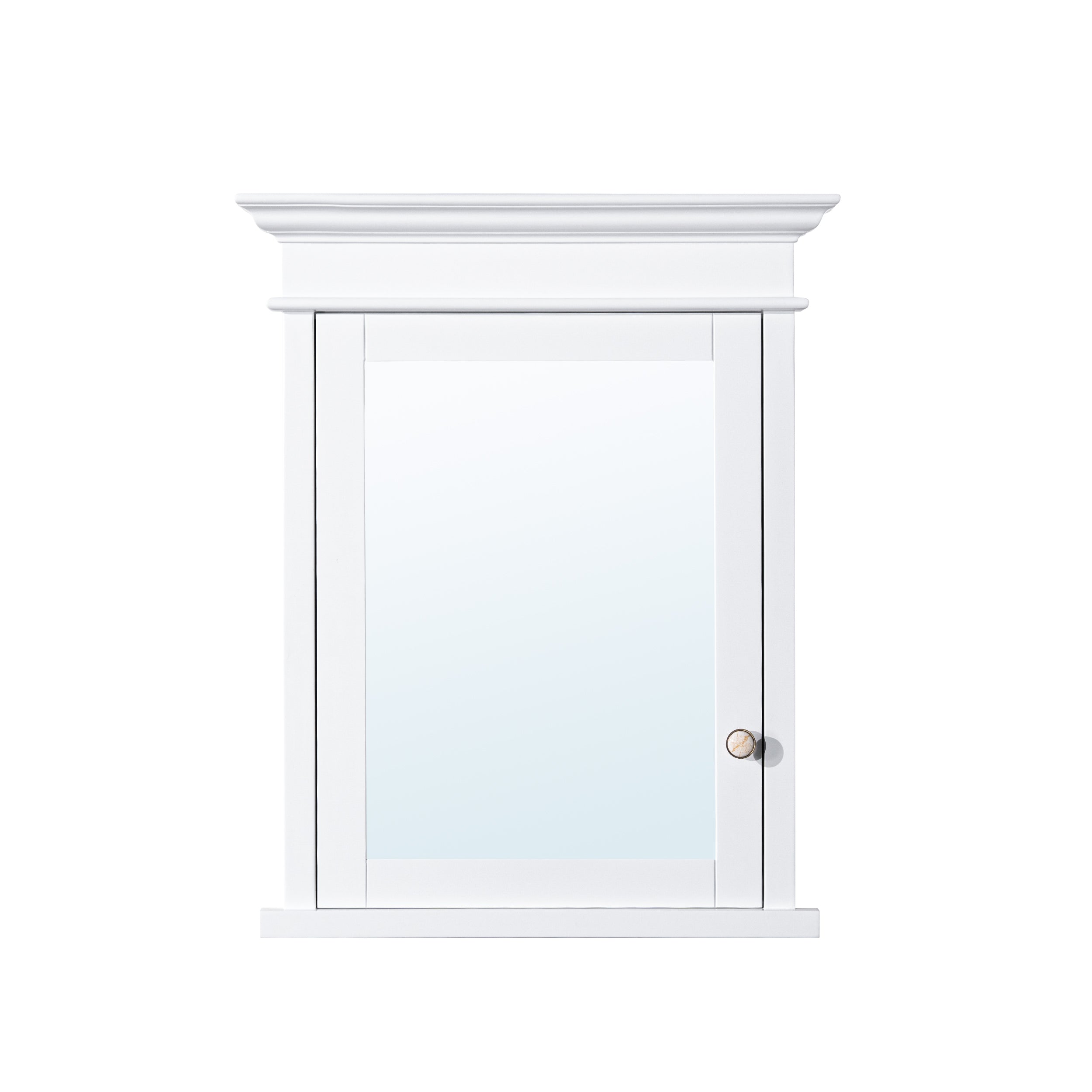

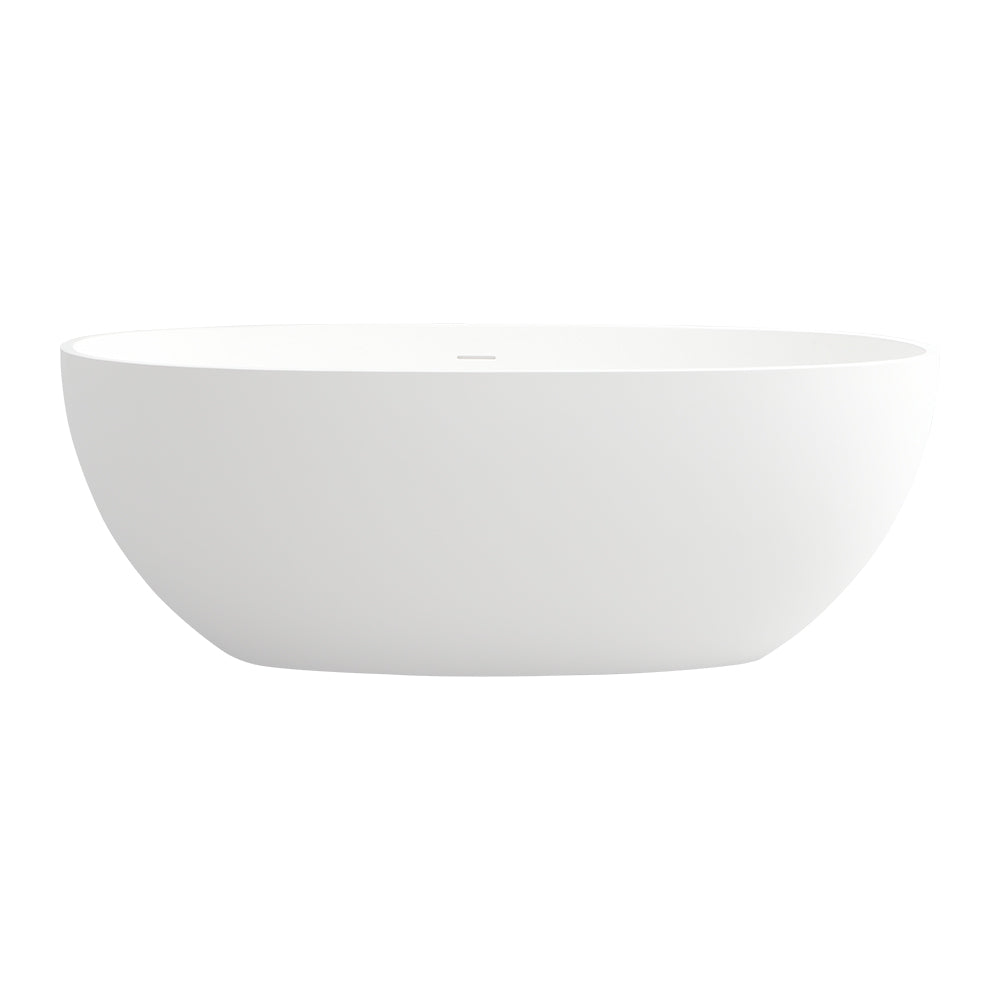


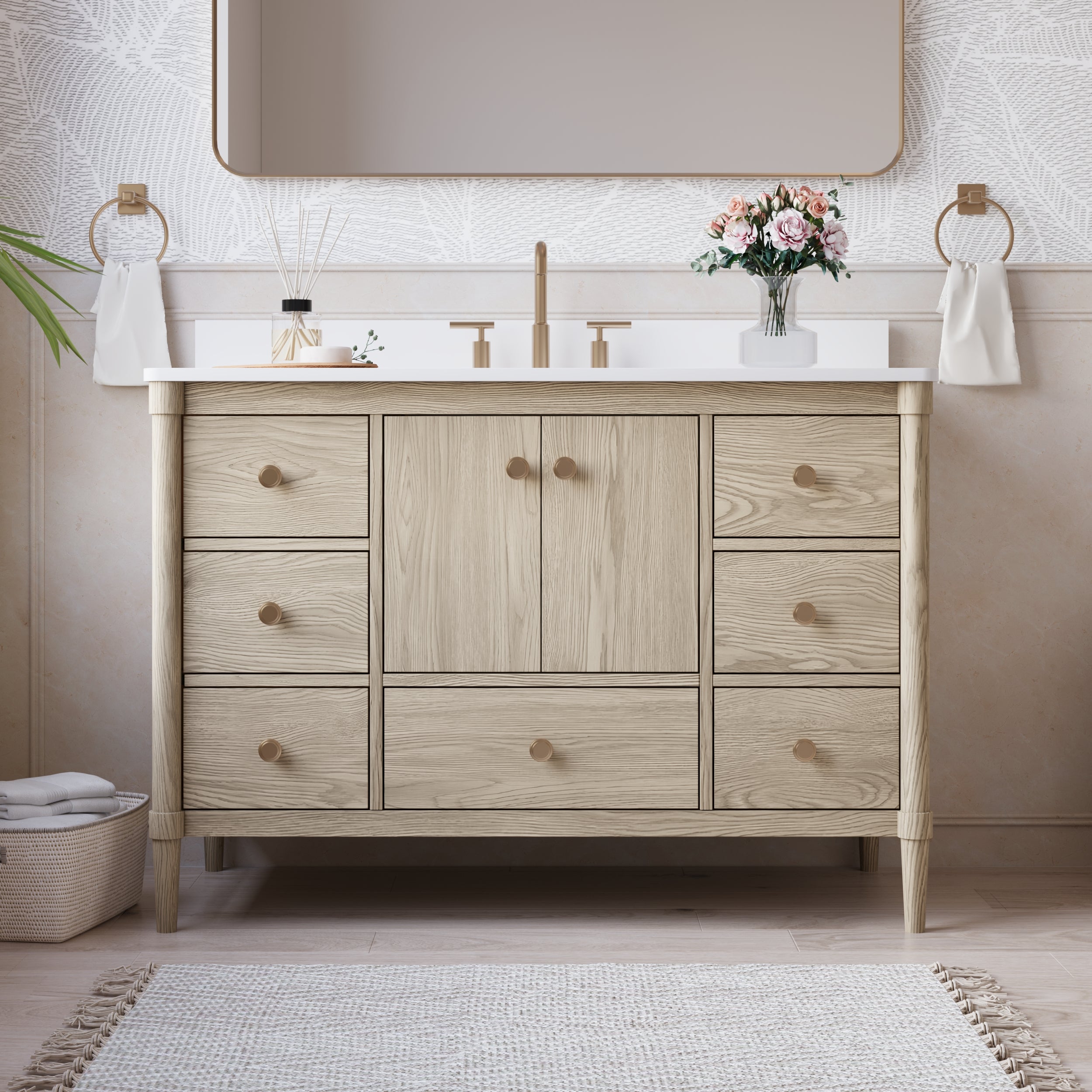
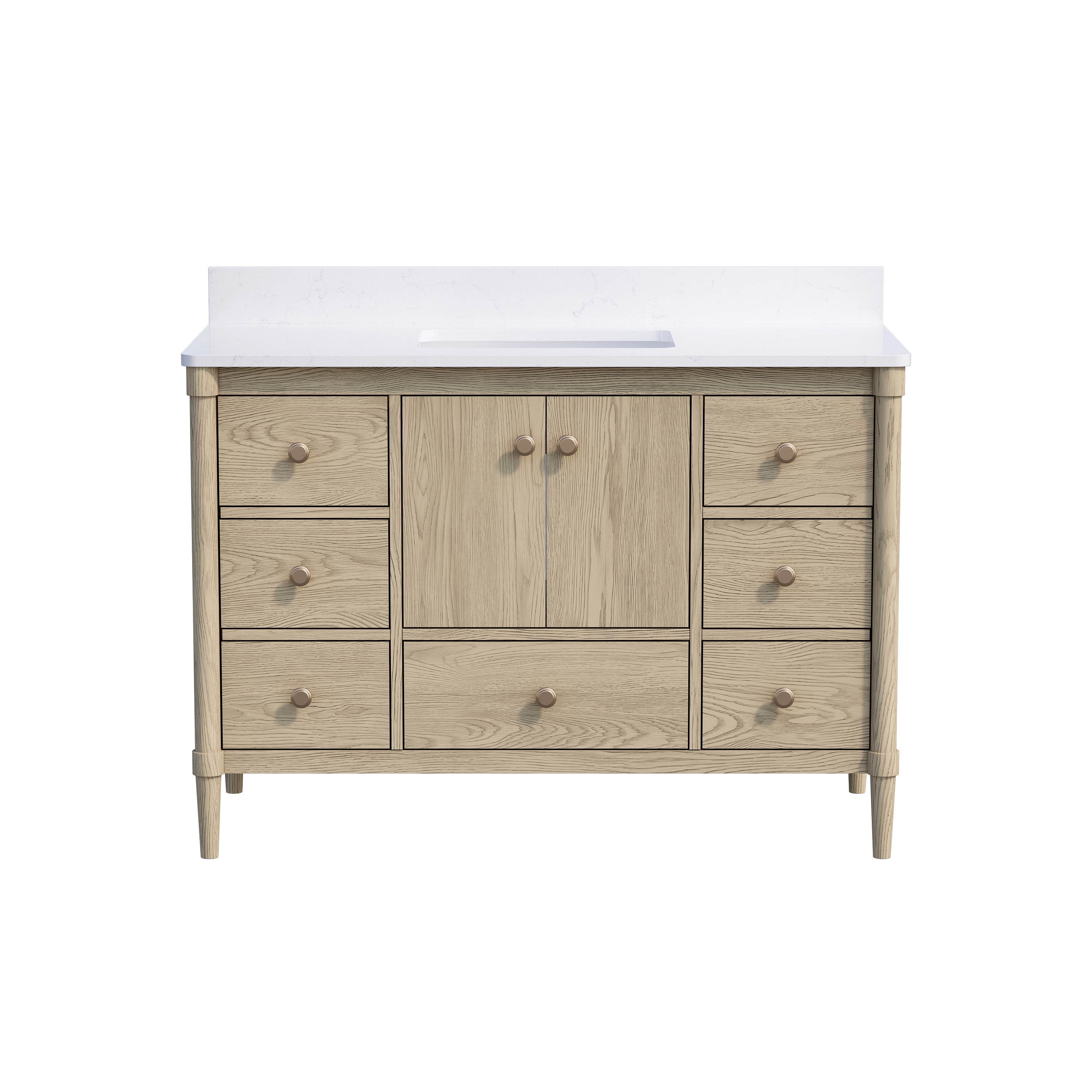
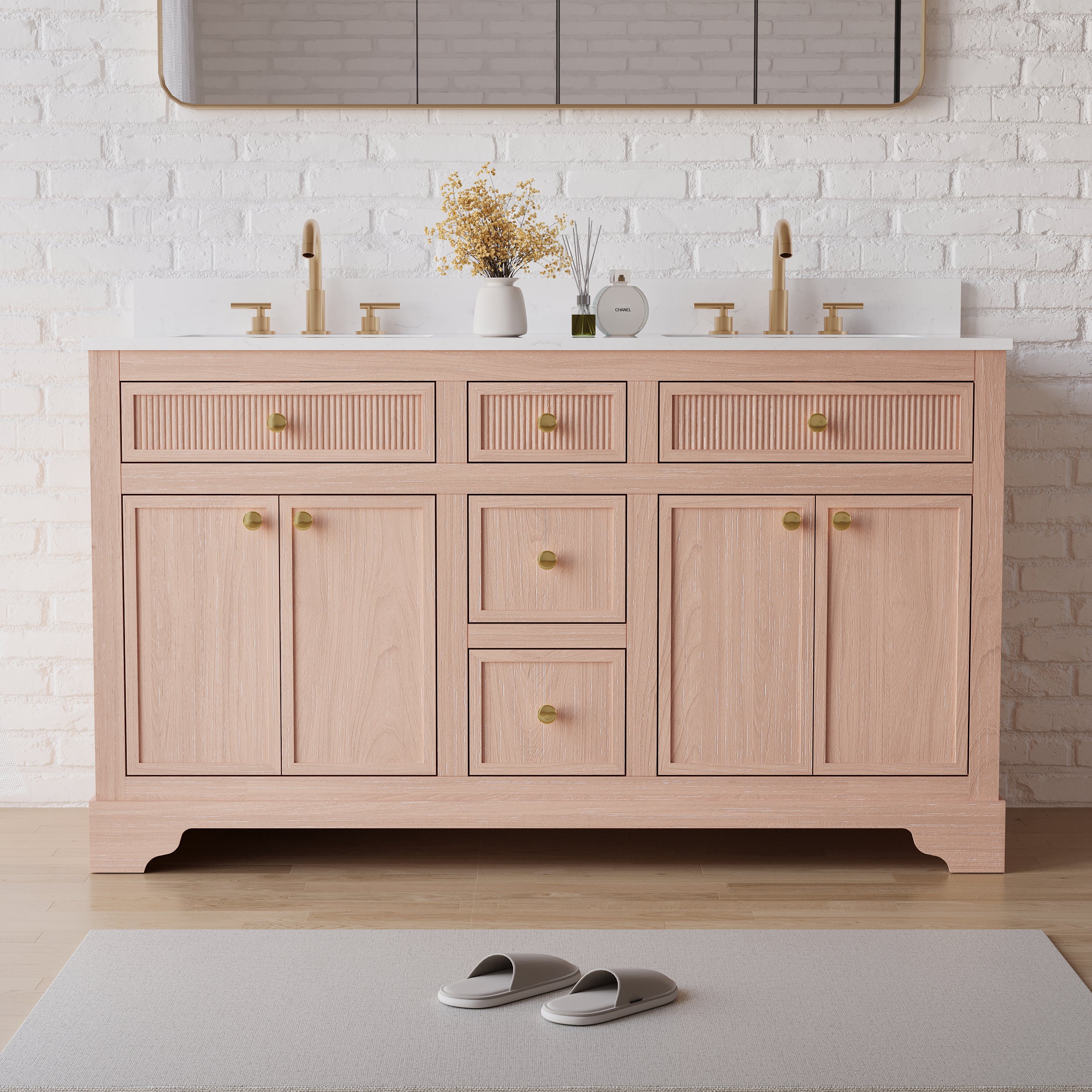



Leave a comment
This site is protected by hCaptcha and the hCaptcha Privacy Policy and Terms of Service apply.